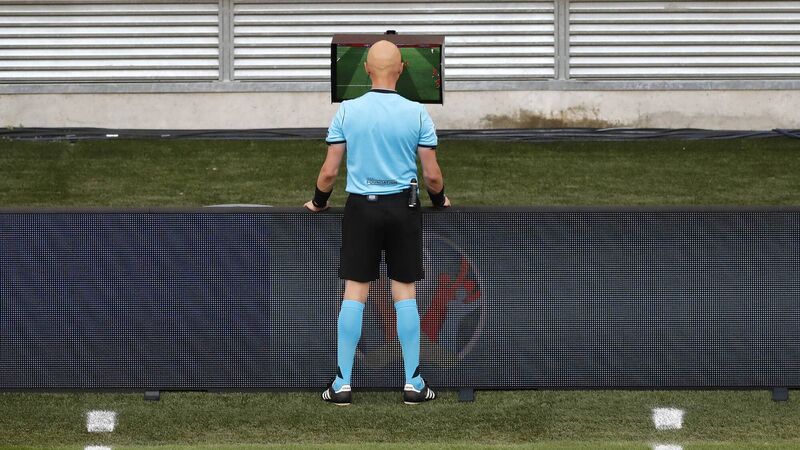Paul Rouse: VAR was meant to be a cure to refereeing ills — not become another headache

VARCICAL SITUATION: If video technology can demonstrate that a forward is clearly offside in scoring a goal, it makes sense to change the decision if it was not picked up on the field. But the notion that technology could utterly transform the accuracy of decision-making was never convincing, argues our columnist.
It's always fun when a post-match interview reveals what’s bugging a sportsperson. And, on any given day, you can rest assured that the referee of any contest sits squarely in the frame.
The great charge now made against VAR is that of “inconsistency”. This is something that greatly exercised Arsenal fans after their team was recently beaten 2-1 by Manchester City. The game turned on two penalty decisions, both of which went against Arsenal. Arsenal fans believed that in process and in result, VAR had behaved without consistency or, indeed, clarity.









